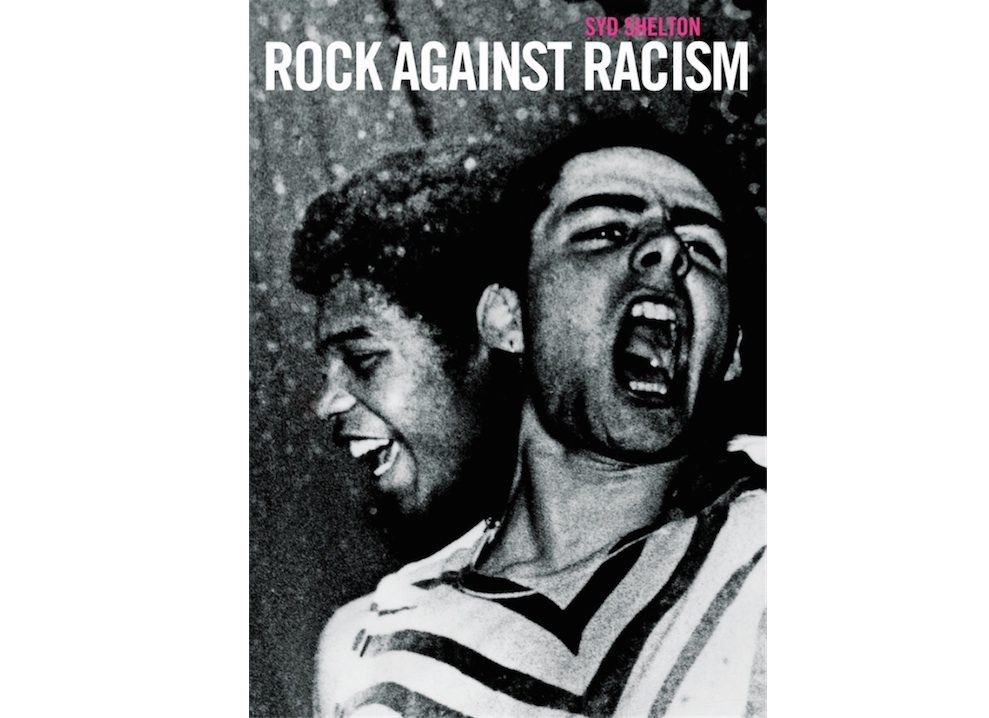Der Black Atlantic – Subject of (Counter)Memory
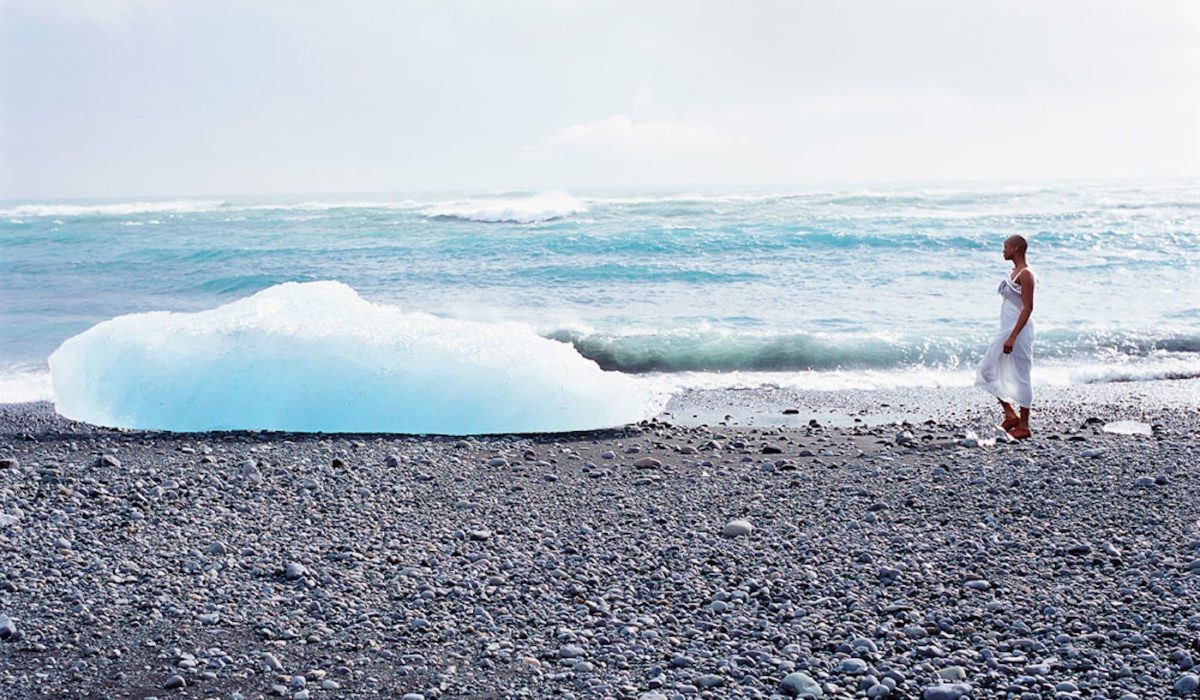
25 April 2018
Magazine C& Magazine
Words Elsa Guily
7 min read
The project “Der Black Atlantic,” presented at Haus der Kulturen der Welt in 2004, took a groundbreaking decision to focus on Berlin as one of the centers of the African diaspora in the western hemisphere. Featuring concerts, performances, literature, visual art installations, film, discussions and conferences, it shed light on the dynamics and widely branching connections of the transatlantic Black culture.
The exhibition’s title, coined by Paul Gilroy along with historians Fatima El-Tayeb and Tina Campt, is aligned with Gilroy’s concept of the “Black Atlantic” (1993). (1) The latter sees the Atlantic ocean as a negative continent that enables a mapping of the African diaspora culture, embodying systems and networks of social, historical and cultural connections between the Americas, Africa and western Europe. Being one of the first interdisciplinary projects of its kind, Der Black Atlantic questioned the dominant western concepts of culture originally based on racial discourses and nation building politics. In doing so, the project underscored how sonic, visual, performative artistic productions, as well as theoretical works from the modern African diaspora to global pop culture, radically reviewed the notions of arts found in Eurocentric historiography.
Stepping into the exhibition space, the viewer was led to experience artistic forms and languages emerging from the history of slavery and racism, thus entering within a critical dialogue of such traumas. Central to these mnemonic encounters was the potential of music as a leading art of the Black diaspora, which has been previously addressed by Paul Gilroy as a trans-ethnic form of social memory. For the occasion, guitarist and producer Jean Paul Bourelly – curator of the music program Congo Square – invited the audience on a journey from Free funk, Blues, and Hip Hop to Dancehall, looking back on the paramount emancipatory influence of jazz in the history of the “Black Atlantic.” (2) Putting sound experiences at the center of the “Black Atlantic” agenda was without doubt one of the visionary ideas of this project, opening the curatorial landscape to a broader understanding of sounds as potential dissident realities and rethinking ways to voice silenced histories.
Echoing the image of the shift in Gilroy’s analytical approach, visual art was neither displayed in a traditional single exhibition, nor materialized by single unit of art pieces, but rather spread in motion by large multi-media installations. With their artworks, Isaac Julien, Keith Piper, Lisl Ponger and Tim Sharp took up the entire structure of the building, co-tracing Edouard Glissant’s ‘“poetics of relation” (3) as being part of that common rhizomatic cultural web of the African diaspora.

Isaac Julien, After Paradise, 2002. Separate prints sized. Paper Concorde Rag Bright White, 45.3h x 45.3w (115 x 115 cm). Courtesy of the artist. Beyond the symbolic scope of the prominent architecture of Haus der Kulturen der Welt (4), the project got outside of its institutional framework by inviting the viewer to join the Black Berlin City Bus Tour, which critically traced the colonial and Afro-German history in the capital. Ismael Ivo with his dance company also provided a decolonial perspective, performing on well-known controversial historic sites of memory in Berlin such as the Gendarmenmarkt and Mohrenstrasse. Giving visibility to the history of Black presence in Berlin, the project raised public discussions on the inscription of Germany’s colonial past in the collective imagination and its strategic role as epicenter during theBerlin conference (5), shaping the geopolitical order of colonial territories. Funded by the Federal Cultural Foundation, under the patronage of the German UNESCO Commission and additionally supported by Ministério da Cultura do Brasil, Der Black Atlantic succeeded in challenging all kinds of narratives of national history. But first and foremost, it examined the issue of how Germany is facing and can continue to face its suppressed colonial history, even up to the early 21st century. Seeking the relation between modernity and terror, Gilroy’s concept of the “Black Atlantic” was applied accurately, enabling a collective space for debates on Germany’s concept of itself as a nation today and to reflect on the oppression of Black presence. The project was indeed ahead of the game in showing the fact, as underlined by Louis Chude-Sokei, that “the Black Atlantic is as much a statement of method as it is an intellectual history and a work of criticism” (6), which is shown to adapt to multiple political realities and still echoes current socio-political issues today. Last but not least, the curatorial application of Gilroy’s “Black Atlantic” enabled the adoption of a more inclusive approach to the concept. Such attempts shifted the latter away from existing strictly as a theoretical tool, instead anchoring its focus on representing diverse Black transatlantic lived experiences and empirical cultural translations, favouring political awareness of the present aftermaths of the Atlantic slave trade. Another innovative venture of the project involved the development of anartistic web platform as a resource of research and ongoing archive “to help the viewer to achieve an overview of the interdisciplinary that constructs the Black Atlantic discourse” (7) over time and space. Weaving it into the digital web makes the cultural event Der Black Atlantic still accessible today and thus alive as part of the rhizomatic Black diaspora and its legacy. Between memories and identities, the Der Black Atlantic project has contributed to the growth of interconnected systems, fulfilling socio-political transformations towards an egalitarian world and inviting a re-think of the unfixing of oneself. Elsa Guily is an independent cultural critic and researcher living in Berlin, specialized in contemporary readings of critical theory and the political challenges of representation. (1) In his pioneering publication The Black Atlantic, Paul Gilroy claimed the existence of a Black transatlantic culture, in order “to re-think modernity via the history of the black Atlantic and the African diaspora into the western hemisphere” (1993: 17). Looking at the Atlantic as a cultural and political system, Gilroy re-examines what constitutes the canon of western civilisation and its legacies in contemporary debates (1993: 9). Beyond the scope of national boundaries, his concept embraces the notion of hybridity in cultures whose themes and techniques transcend ethnicity and tradition. His book has become a significant source of inspiration for many artists, theoreticians, curators as well as activists. See: Paul Gilroy. The Black Atlantic. Modernity and Double Consciousness. Harvard University Press, Cambridge, Massachusetts, 1993. (2) Paul Gilroy argues in his book that Black musical expression has played a role in reproducing a counterculture of modernity (1993: 36). To learn more about the history of jazz as a mean of emancipatory transformations, see also Bourelly’s article “Geschichten der Jazz” and his interview with Christian Beck, “Musik hat die Kraft, zu befreien”. In Der Black Atlantic. Hkw (ed.) together with Paul Gilroy and Tina Campt. HKW, Berlin, 2004. (3) Cf. Edouard Glissant’s cultural theory on postcolonial identity: Poetics of Relation. Paris Gallimard, 1990. (4) The Haus der Kulturen der Welt was the USA’s contribution to the INTERBAU 1957 building exhibition in Berlin, designed by Hugh Stubbins, who wanted to make a statement on the Cold War conflict at the time, and designed for the occasion a building whose form he described as “completely free”. The massive curved roof inscribed the symbolism of the House of World Culture (HKW) in Berlin as being a site fighting against restrictions on intellectual freedom. Learn more on HKW’s official web site, URL:https://www.hkw.de/de/hkw/gebauede/gebaeude/index.php (5) The conference took place from 5th November 1884 to 26th february 1885. (6) Louis Chude-Sokei, “The Black Atlantic Paradigm: Paul Gilroy and the Fractured landscape of ‘Race’”, American Quartely, 48.4 (1996), p.745. Quoted in Benedict Ledent and Pilar Cuder-Dominguez (2012), New Perspectives on the Black Atlantic. Definitions, Readings, Practices, Dialogues, p.16. (7) See statement on the web site URL:http://www.blackatlantic.com/general/index.html What is the future of the Southern Transatlantic relations, particularly concerning the past, present and future role of Europe? These questions will be discussed in this Conference Echos of the Southe Atlantic, which will take place from 23rd to 25th April, 2018, in Salvador da Bahia, Brazil. More information about the conference:https://www.goethe.de/ins/br/en/kul/sup/echoes.html
Read more from
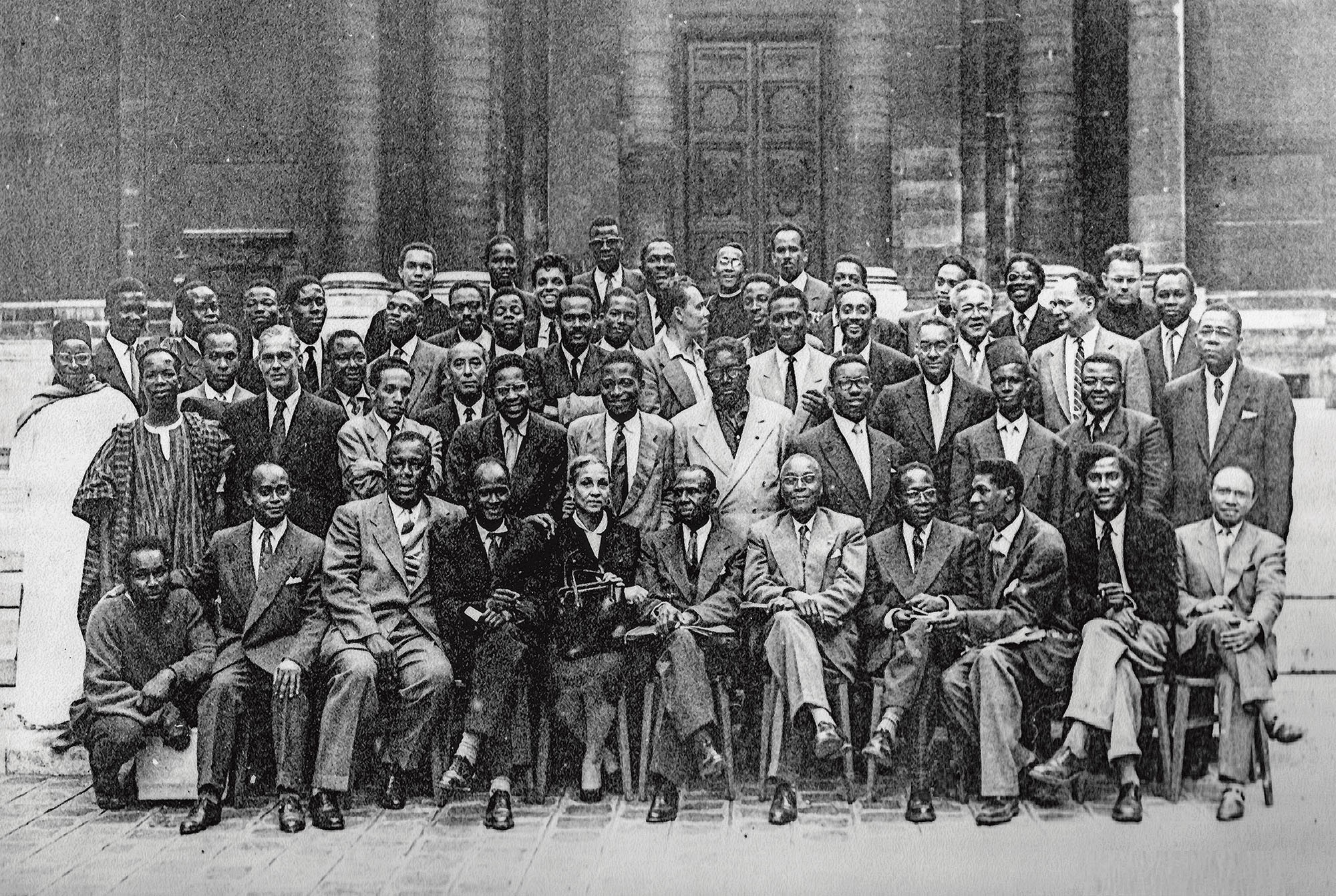
Paris Noir: Pan-African Surrealism, Abstraction and Figuration
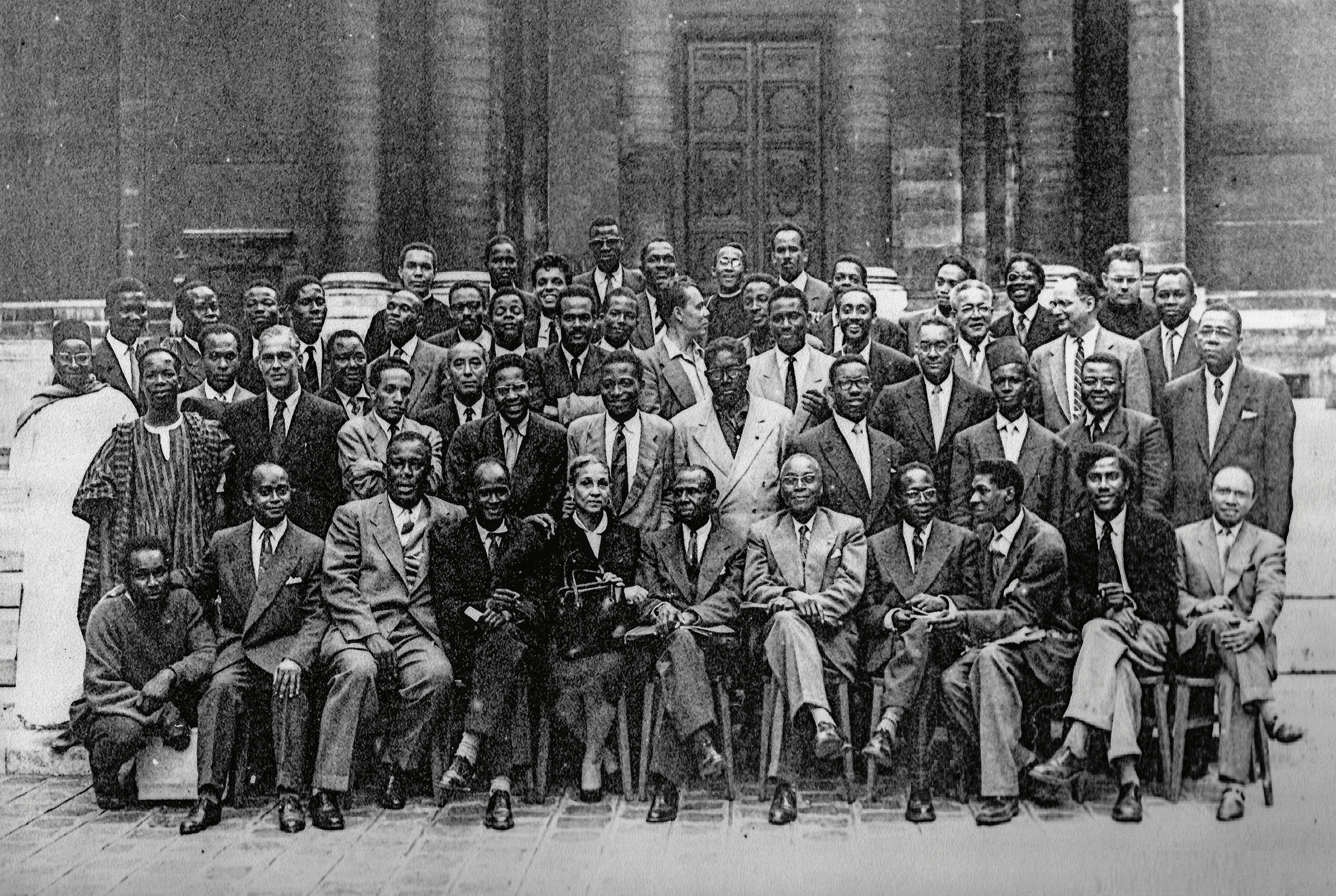
Paris Noir: Pan-African Surrealism, Abstraction and Figuration

Maktaba Room: Annotations on Art, Design, and Diasporic Knowledge
Read more from
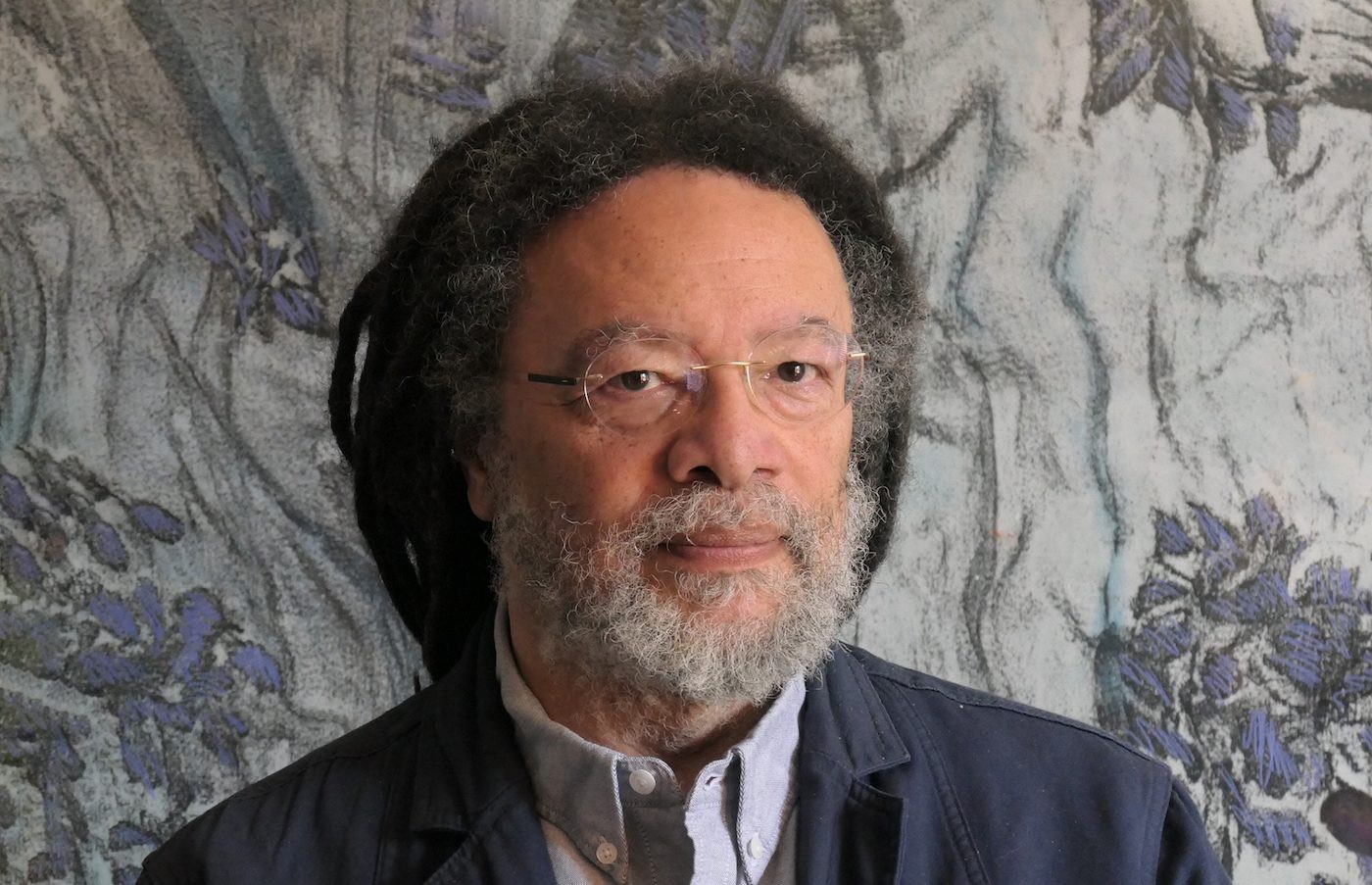
Professor Paul Gilroy named Laureate
